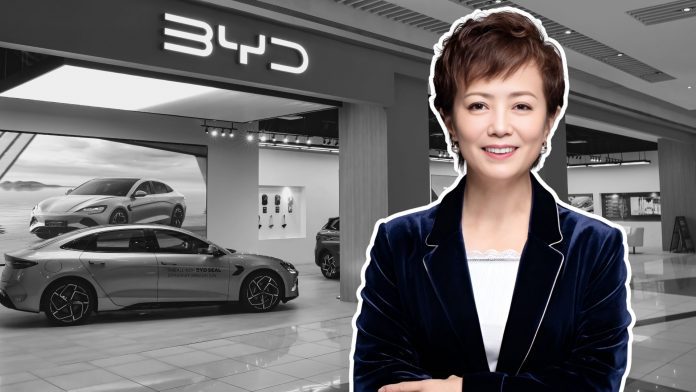BYD, the Chinese electric vehicle giant, has rapidly grown into a dominant force in the automotive industry, challenging legacy automakers and rivaling Tesla in global EV sales. While Tesla is often viewed as its biggest competitor, BYD’s executive vice president, Stella Li, believes there is room for cooperation—at least in their shared mission to eliminate internal combustion engine (ICE) vehicles.
“Our common enemy is the internal combustion engine car. We need to work together…to make the industry change,” Li told the Financial Times in a recent interview.
Rather than co-developing a new vehicle, Li envisions major EV manufacturers working collectively to accelerate the industry’s shift toward electrification. She also praised China’s automotive market as “the homeland for innovation,” asserting that the government remains open to foreign automakers despite rising trade tensions with the European Union and the United States.
However, BYD’s rapid expansion has not come without challenges. The European Union has imposed tariffs on Chinese EV manufacturers, including BYD, while pushing for intellectual property transfers from Chinese firms to European businesses in exchange for subsidies. Meanwhile, the Chinese government encourages domestic companies to limit their investments in foreign automakers.
The European Commission claims that state-backed advantages, such as discounted lithium and battery materials from government-controlled enterprises, tax incentives, low-interest financing, and subsidized land for factory development, largely drive China’s dominance in the EV sector.
Despite these political and economic pressures, BYD remains undeterred. The company is actively expanding its footprint in Europe, with new manufacturing plants in Hungary and Turkey designed to avoid EU tariffs. Li, for her part, downplays geopolitical concerns, emphasizing that consumers ultimately gravitate toward the best products.
BYD’s confidence in its future remains unwavering as it continues to push boundaries in the global EV market and challenge the supremacy of traditional gas-powered vehicles.




